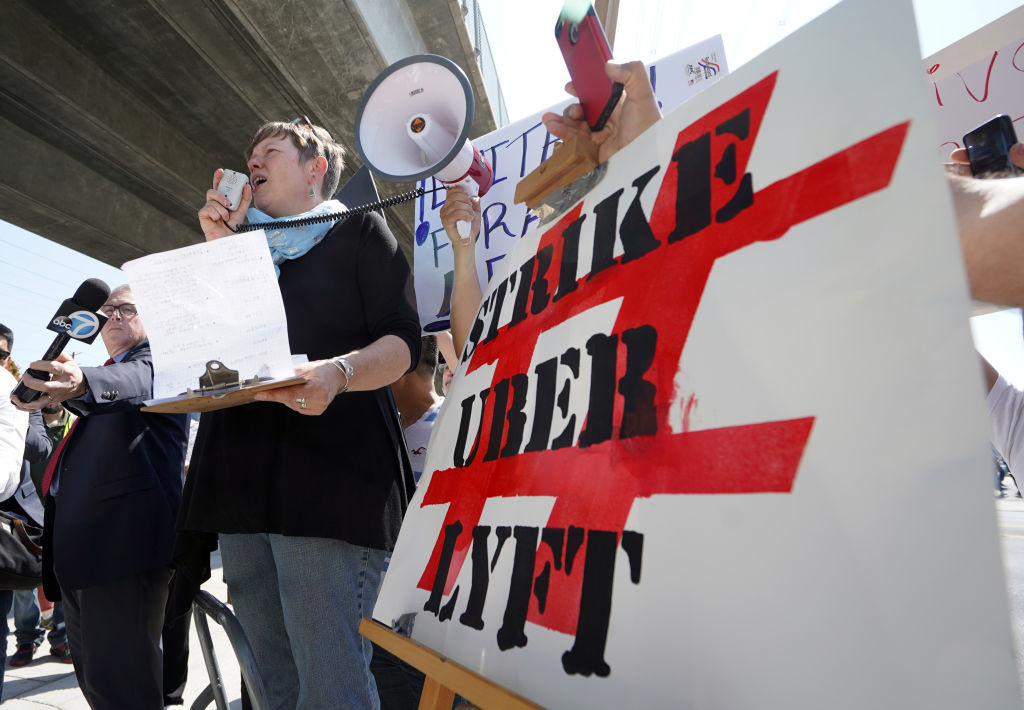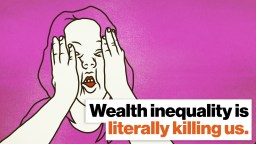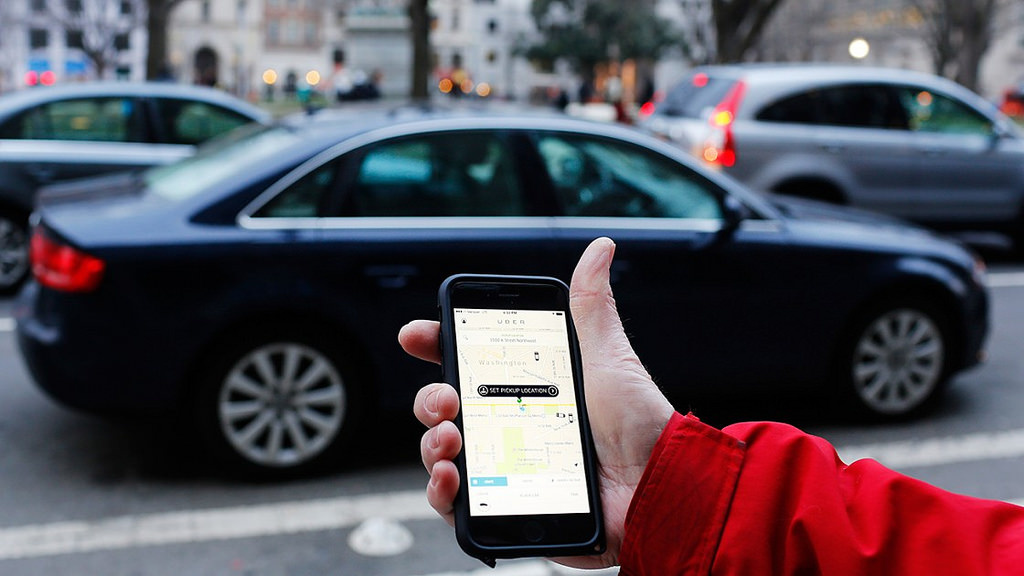What makes certain companies succeed and others fail? Bain & Company partner Chris Zook has the answer. The answer lays mostly in the companies ability – or inability – to figure out what it’s really all about. Simplicity of core values is key. For instance, Lego was facing a crisis when it over-extended itself by getting into theme parks and clothing brand territory, but managed to save itself by scaling back to just the toys. Flexibility is also important: 20 years ago Marvel wasn’t selling comic books but understood that the characters were the real draw and that they could translate easily to movies and video games. Chris Zook goes on to explain what else makes a business successful, and espouses some great lessons for companies looking to stick around longer than a VC runway. Chris’s latest look is The Founder’s Mentality: How to Overcome the Predictable Crises of Growth.
Chris Zook: Y'know, overload – just think of all we see of Uber in the paper.
We found four things that we called the “west winds” that hit rapidly growing companies and push them off track, and we called them the west winds.
And one was having revenues growing much faster than you can grow talent.
And just think of Uber, which has had as many as 13 of its top 20 positions unfilled and that has been having difficulty recruiting the most talented women because of some of the cultural issues.
And when your talent is not growing at the same rate as your revenues breakdowns begin to happen.
A second element of the west winds is what we call lack of accountability. And you can look at the culture as it evolved in Uber, which has been well reported, and say, “who is really accountable for the norms and values—deep, soulful values—of a company?” And it’s very easy to neglect that in the context of growth and hype and excitement and celebrity.
Or a third one, or a third of these winds is what we called lost voices from the frontline. And if you look at, for example, the loyalty numbers that you can find all over the internet of Lyft versus Uber drivers, what you find is that the loyalty of Uber drivers is going down, because they’re a little bit frustrated with a lot of the publicity and with some of the behaviors that they’ve observed, and they’re more disoriented about the company.
And so these west winds hit rapidly growing companies. And what we found is that when we looked at these unicorns, we took 26 unicorns about 10 years ago, 10 to 12 years ago, and we traced them. And we found that virtually 100 percent of them—and two-thirds of them had slowed down dramatically and never hit what people wanted them to. Uber would be an example.
And second, we found that in virtually all of the cases the deep inner root cause was not that it was a bad idea in the first place or the market had gone away; It was actually inner breakdowns like this case.
And all of these linked to the founder’s mentality, 1) of linkage to the frontline, 2) maintaining a clear purpose versus overcomplicating what you’re trying to do and becoming greedy and doing too much, and 3) creating mini founder experiences that make people really want to become part of it.
The second crisis is the more predominant crisis, and it’s what we call a stall-out.
So if you think of a company, let’s say like Lego, which since the 1930s was a great founder company through three or four generations. The first did it in wooden blocks. The next brought it to plastic. The next created the business systems. And it was voted the toy of the year by the British toy industry.
And yet the next generation began to say “No, what our core is is the brand. We’re not a toy company.”
And so they went into many, many things that massively complicated the business from theme parks to joint ventures with Steven Spielberg in small theaters to retail endeavors to plastic watches to books, and on and on and on.
And it sucked the energy out of the core and resulted in stall-out to a point where the company had 18 months of cash left.
And the solution to that was to massively reduce complexity, exit all those businesses (by the CEO who courageously went in, Jorgen Vig Knudstorp, well reported in the press) and it gave the company 12 years.
He brought technology into the bricks.
He found out who the core customers were. They didn’t know there were 400,000 people who are obsessed with Lego, they brought them into the design process.
And they did many, many things to actually go back to the essence of what made the company great in the first place, which was the mission of learning, and the customer desire for toy systems that would help children creatively.
And they even did things like take the corporate headquarters (which was in a bright, gleaming new building) and brought it back into the factory and the distribution center.
So that’s an example of stall-out, and that’s an example of a company that then had 12 years of very, very good growth as a result of, in a sense, finding the key to it—where the Founder’s Mentality elements were part of the playbook.
The third one is free-fall, and this is where the business model really does come into question.
And in nine out of ten companies that see their business model become potentially obsolete—Blockbuster Video—never make it, never make it. But some do, some do.
When you think of what happened to Marvel Comics and the rebirth of Spiderman, that was a company where people weren’t buying comic books any more, and yet a group of investors and some of the original employees brilliantly saw that it could be repurposed around the stories and the characters for videos, for video games and for movies, and completely changed the business model.
But the essence of that also... and now owned by Disney... but the essence of that also was actually going back to say, “What is our real purpose? How do we contact the people at the front line, and how do we create new owner’s mindset?” which they did through private equity.
And so when we look at these three critical crisis periods (of stall-out, overload and freefall), we found these elements of a Founder’s Mentality where both previous indicators of losing internal health—that could have been seen earlier, and then second, there were elements of the playbook of rejuvenation.
So the first thing to me is, I realize in even our own country, America, is a country of founders. And when you lose the founder’s mentality as a country you lose something in your soul.
The second insight for me is how breakdowns occur inside first.
You know, in our bodies, if we’re not performing well in sports or at work or in our life, so much of that is not because we don’t know how to hit a tennis ball or we don’t know the mechanics of our job, more often it’s something that’s going on. We’re distracted, we’re tired, we’re not feeling healthy. Something else is bothering us in the environment. And that’s true of companies too.
I think the idea that 85 percent of the breakdowns of organizations were preexisting conditions under the surface—like an iceberg—that could have been seen is a very powerful lens and it’s reshaping how we think about strategy and the deep root causes of success at Bain.
And the third theme is complexity.
You know when uh about 12 years ago I moved to Amsterdam with my wife (and we just came back), and we lived there. And when we left we decided that our lives had been too complex. And so we sold half of our things and cleaned out all of our closets. We stopped all our magazine subscriptions. We did many, many, many things to create more of a tabula rasa, and we took nothing with us to a new country. We bought new furniture. We got a new house. We made friends there. We tried to learn the language, et cetera.
And yet now we’ve come back to America and our complexity has all crept back in. It’s like barnacles that accumulate on a boat.
And if that’s true for two people who are self-aware of this and control their lives, imagine how true it is for organizations of thousands of people, dozens of business elements, myriads of departments, thousands of products, dozens of geographies—the complexity accumulates.
And so complexity is the silent killer of growth. That’s the third, I think, big insight. Complexity is the silent killer of growth.
And it happens at the level of the company, as it did with Lego. They eliminated everything but the toys when it went back to renew itself.
It happens at level of an organization, where power flows into big corporate centers when it should be at the frontline.
It happens at the level of processes—If you read Jeff Bezos’ recent shareholder letter on Amazon he talks about when process becomes the outcome you’re in real trouble.
And very often “I followed the process” is what people say to protect themselves.
And it even happens at the detailed level of products.
We look at how some startups have taken over, or how online banking with just the simplest stick figure business model can take over—from huge gigantic multinationals—take over a lot of market share.
And so to me these are the three lessons are the deep inner root causes are often under the surface and need to be found, the roots of leadership and humility are in the great founders and we need more of them, and they’re the national treasure, and that complexity is the silent killer of growth and progress.





